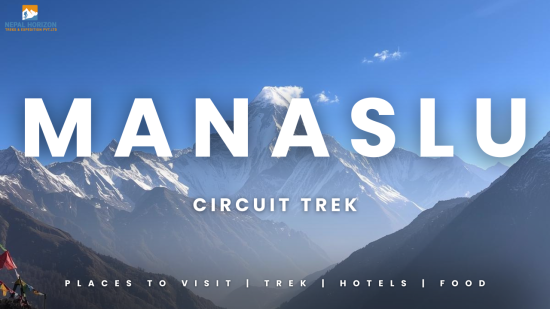Don’t Forget This! Everest Base Camp Packing Guide for 2025
4th June 2025

Planning your Everest Base Camp trek in 2025? Congratulations—you’re about to embark on one of the world’s most iconic adventures! But before you lace up your hiking boots, you’ll need to pack smart. The trail to Everest Base Camp is not just scenic—it’s challenging, cold, and remote. Forgetting the right gear could mean a miserable trip or worse, putting your safety at risk.
Let’s break down the essential packing list for your Everest Base Camp trek, so you’re fully prepared to tackle the Himalayas in style and comfort.
1. Clothing: Dress for Altitude & Temperature Swings
Weather in the Himalayas can change in minutes. Here’s what you’ll need:
Base Layers:
-
2–3 moisture-wicking thermal tops and bottoms
-
Merino wool or synthetic materials (avoid cotton)
Insulating Layers:
-
Fleece jacket or pullover
-
Down jacket (lightweight but very warm)
Outer Layers:
-
Waterproof and windproof shell jacket
-
Waterproof trousers
Trekking Clothes:
-
2–3 long-sleeve trekking shirts
-
2 pairs of trekking pants (zip-off styles are great)
-
Breathable underwear and sports bras
Extras:
-
Warm hat, sun hat, neck buff
-
Waterproof gloves (light + heavy pair)
-
Warm socks (wool or thermal, at least 3–4 pairs)
2. Footwear: Your Most Important Gear
Your feet will take you every step of the Everest Base Camp trek, so give them the best:
-
Well-worn-in hiking boots (ankle support + waterproof)
-
Lightweight camp shoes or sandals (for teahouses)
-
Warm, thick socks for nighttime
3. Sleep Essentials
Even in cozy teahouses, nighttime temperatures drop well below freezing:
-
Four-season sleeping bag rated at least -10°C to -15°C
-
Compact sleeping bag liner (adds warmth + hygiene)
4. Backpacks and Bags
Carry your world—but don’t overdo it:
-
40–50L daypack (with rain cover)
-
Duffel bag for porters (Nepal Horizon Treks usually provide this)
-
Dry bags or stuff sacks (for organizing and waterproofing)
5. Toiletries and First Aid
Bathrooms on the trail are basic. Be ready:
-
Biodegradable soap & shampoo
-
Toothbrush, toothpaste, small towel
-
Wet wipes, hand sanitizer, and toilet paper
-
Sunscreen (SPF 50+), lip balm with SPF
-
Basic first-aid kit (band-aids, blister plasters, ibuprofen)
-
Personal medications (altitude sickness pills like Diamox, antibiotics, etc.)
6. Trekking Accessories
These extras will make or break your trek:
-
UV-protection sunglasses (essential in snowy areas)
-
Headlamp with extra batteries
-
Trekking poles (a lifesaver on descents)
-
Water purification tablets or UV sterilizer (clean drinking water is critical)
-
Insulated water bottles or hydration bladder
-
Energy bars or snacks (trail mixes, nuts, chocolates)
7. Electronics and Documents
Stay safe and connected:
-
Power bank (solar-powered if possible)
-
Adapter for Nepalese outlets (Type C, D, or M)
-
Passport + 4 passport-sized photos
-
Permits (TIMS card, Sagarmatha National Park entry—usually arranged by your guide)
-
Travel insurance with high-altitude coverage
8. Optional But Helpful
-
Lightweight book or e-reader
-
Notebook and pen
-
Playing cards (great for teahouse evenings)
-
Small amount of local currency for snacks or tips
Final Packing Tips
-
Pack light—but don’t skimp on warmth or essentials.
-
Dress in layers; flexibility is key to adapting to altitude changes.
-
Test your gear before your trip, especially boots and backpacks.
-
Don’t forget to break in your hiking boots at least a few weeks before departure.
Ready to Trek in 2025?
A successful Everest Base Camp trek starts with preparation. The better you pack, the more you’ll enjoy every breathtaking view, every Sherpa smile, and every unforgettable sunrise over the Himalayas.
Need expert help organizing your adventure? Nepal Horizon Treks has guided hundreds of trekkers safely to Base Camp and beyond. From permits to porters and gear rental to route planning, they’ll handle the logistics so you can focus on the journey
Recent From Blogs
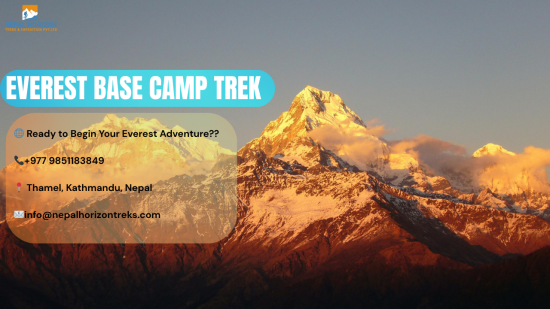
28th October 2025

25th October 2025
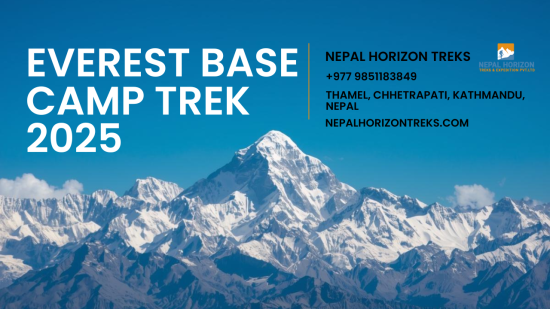
24th October 2025
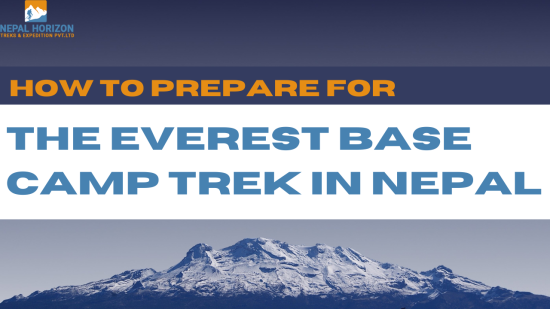
18th October 2025
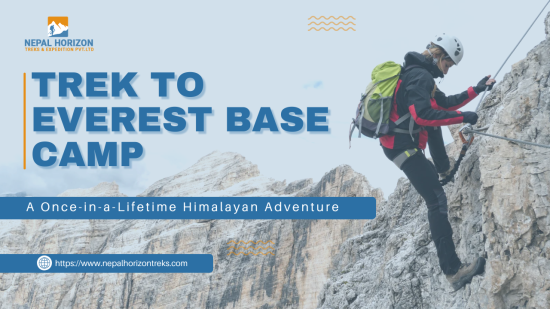
14th October 2025

12th October 2025
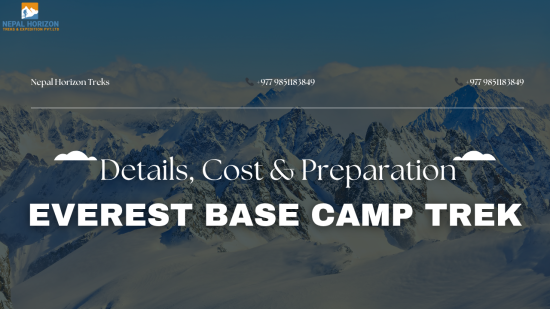
10th October 2025

7th October 2025


